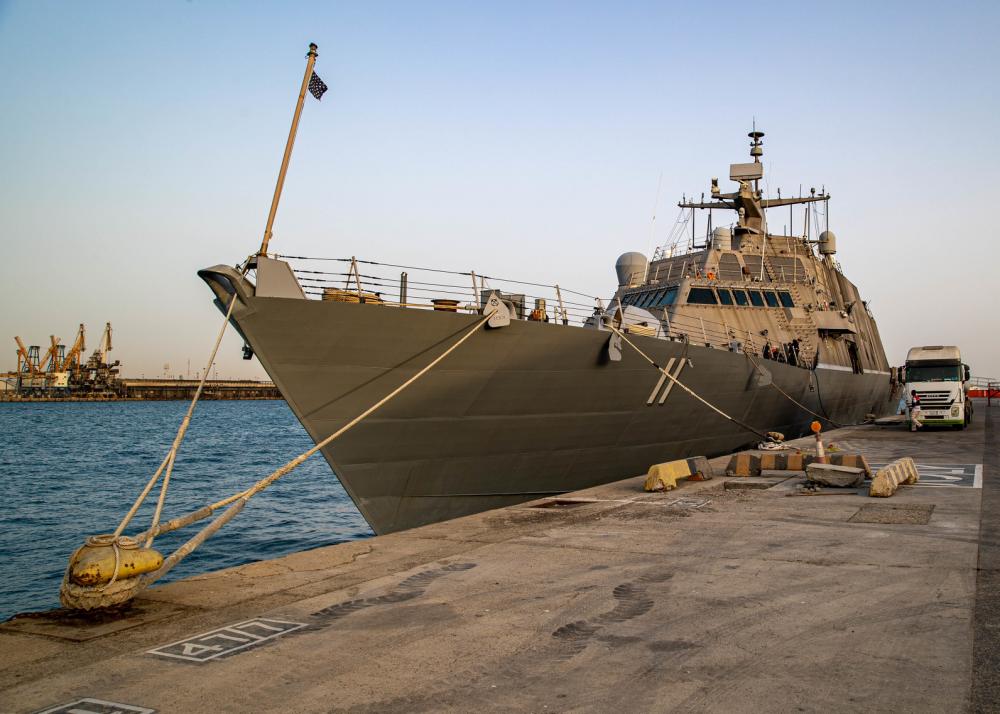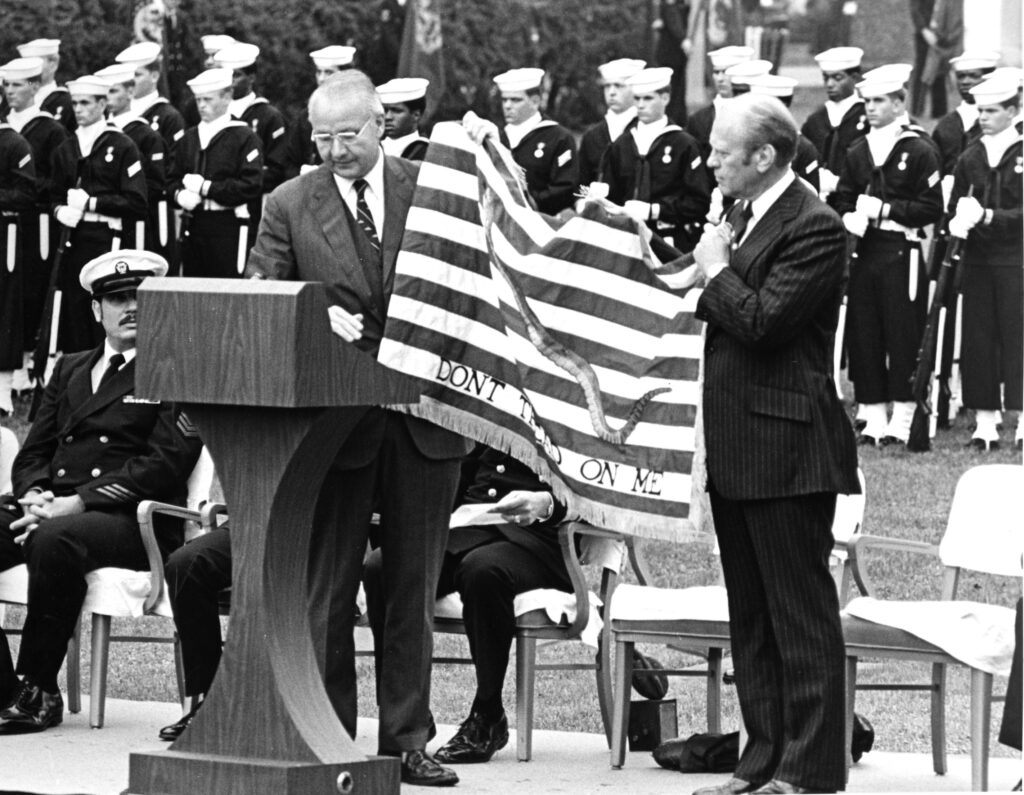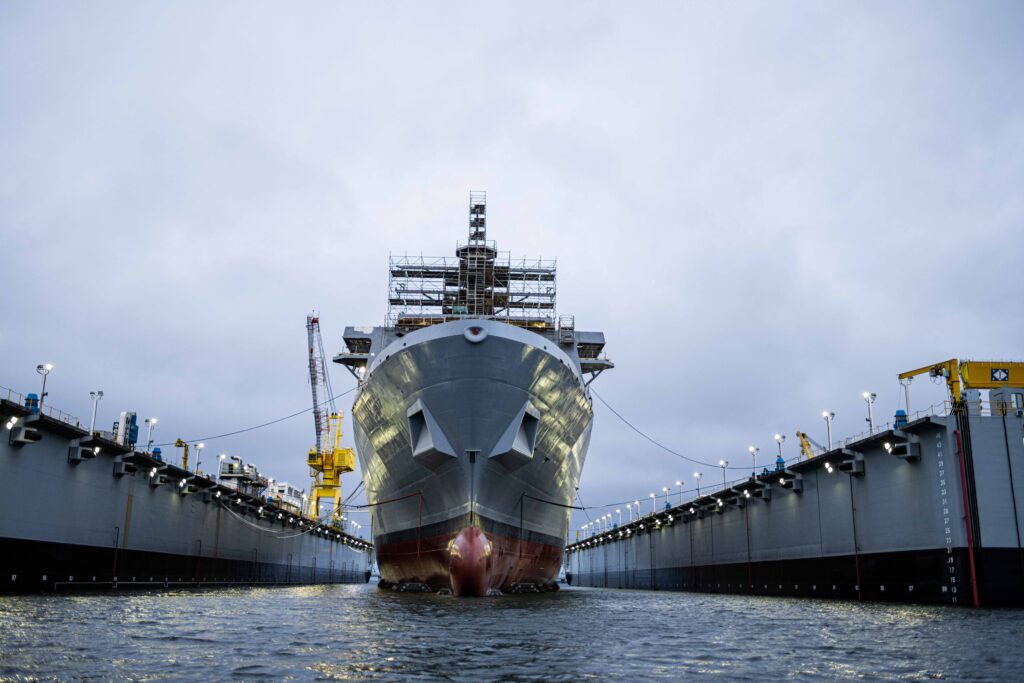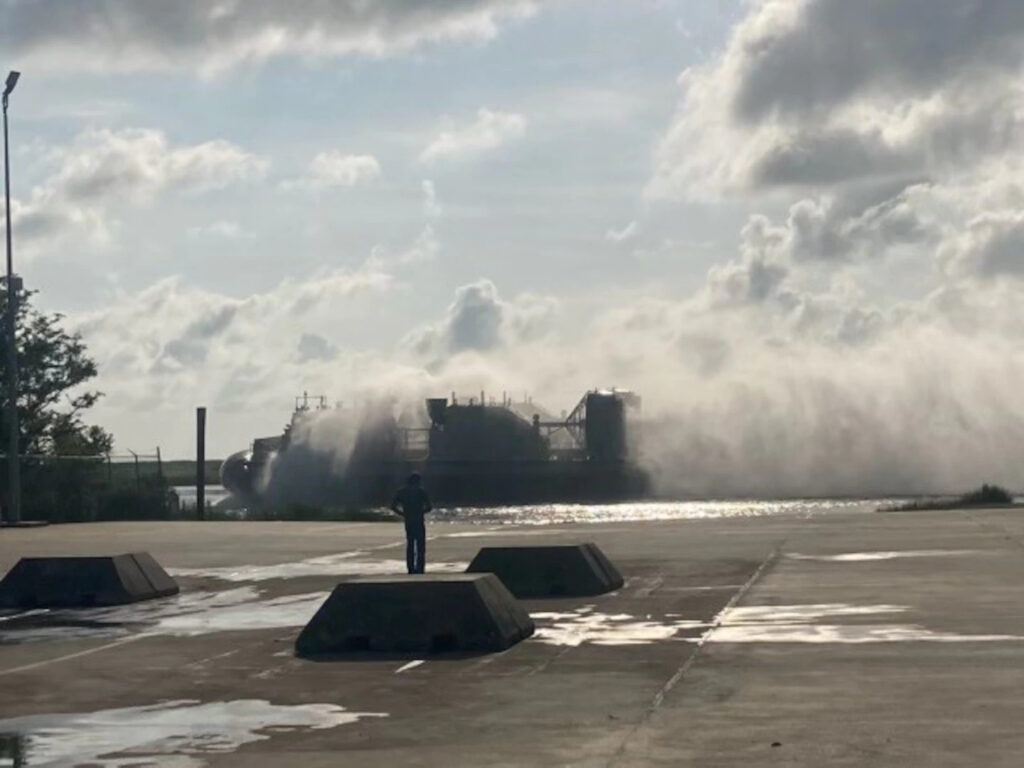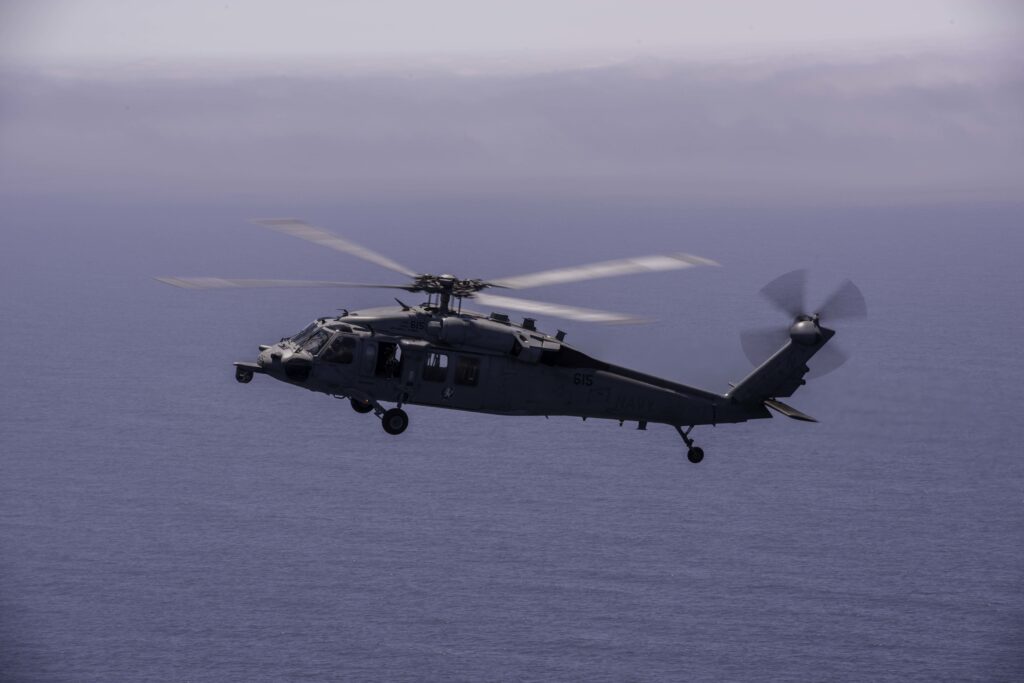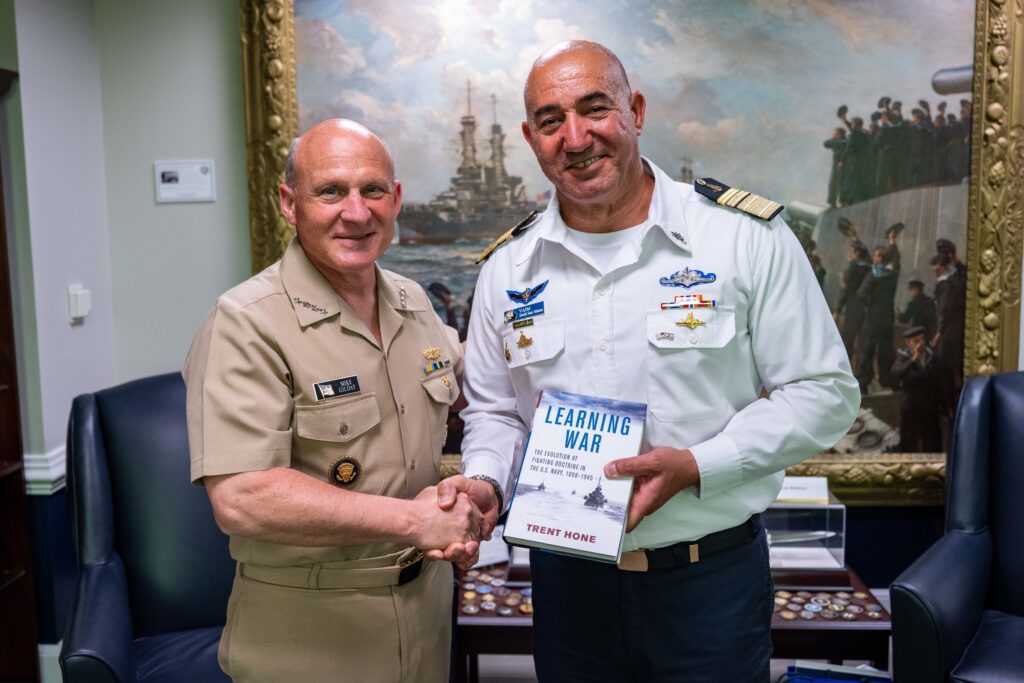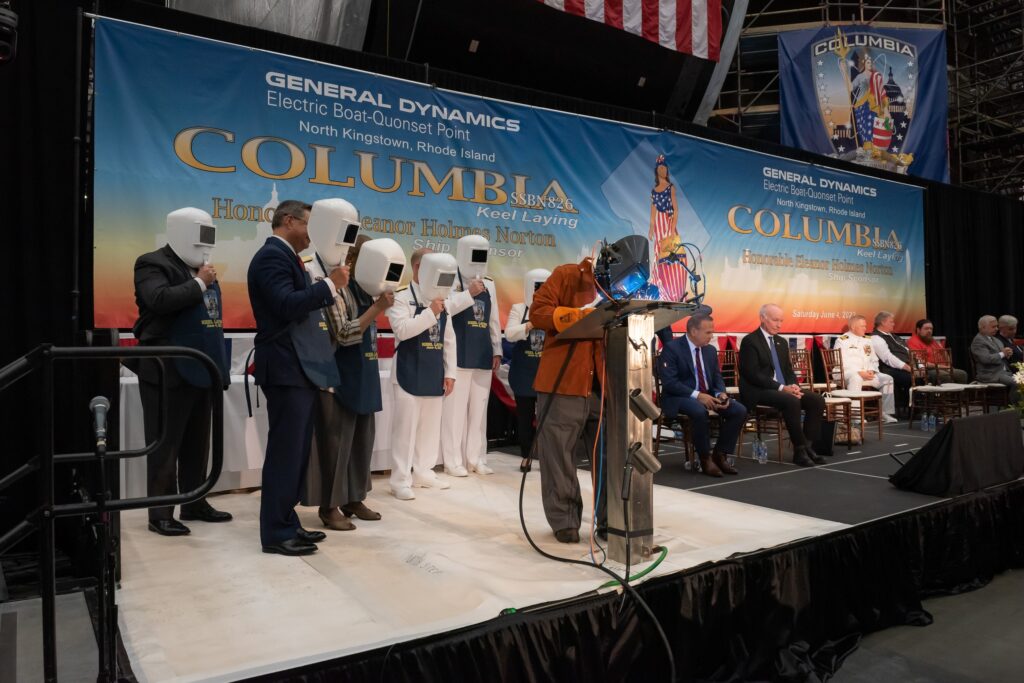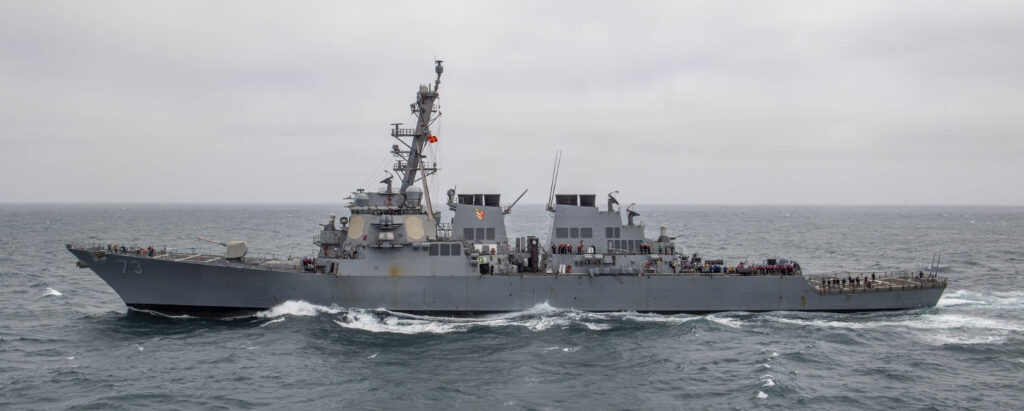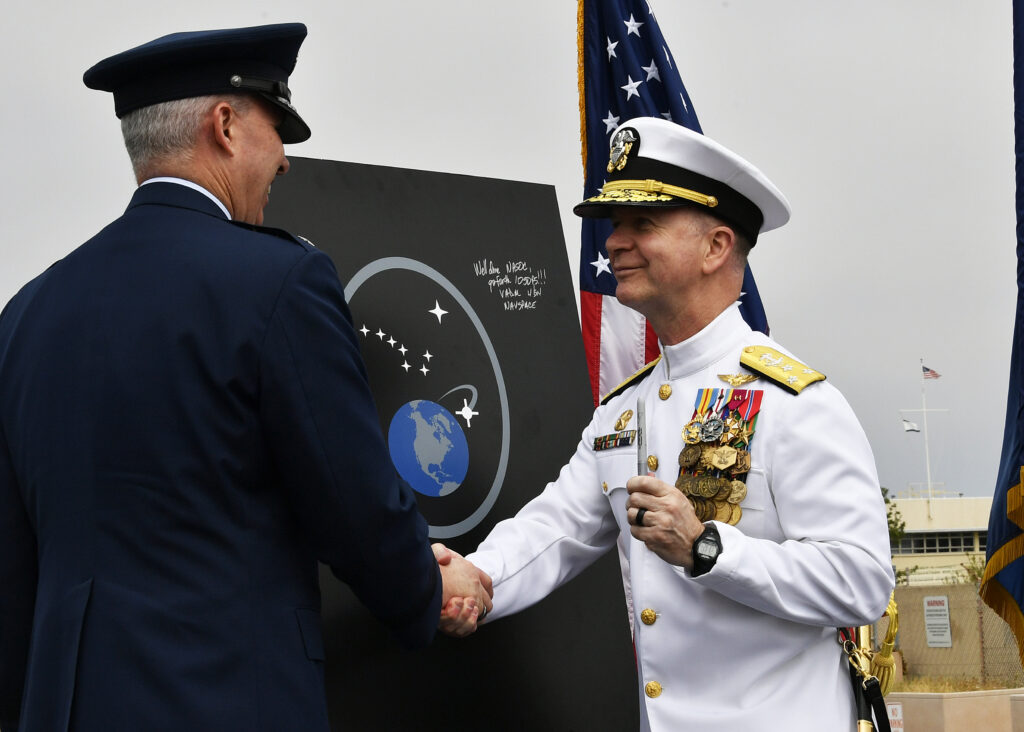BALTOPS 22: A Perfect Opportunity for Research and Resting New Technology
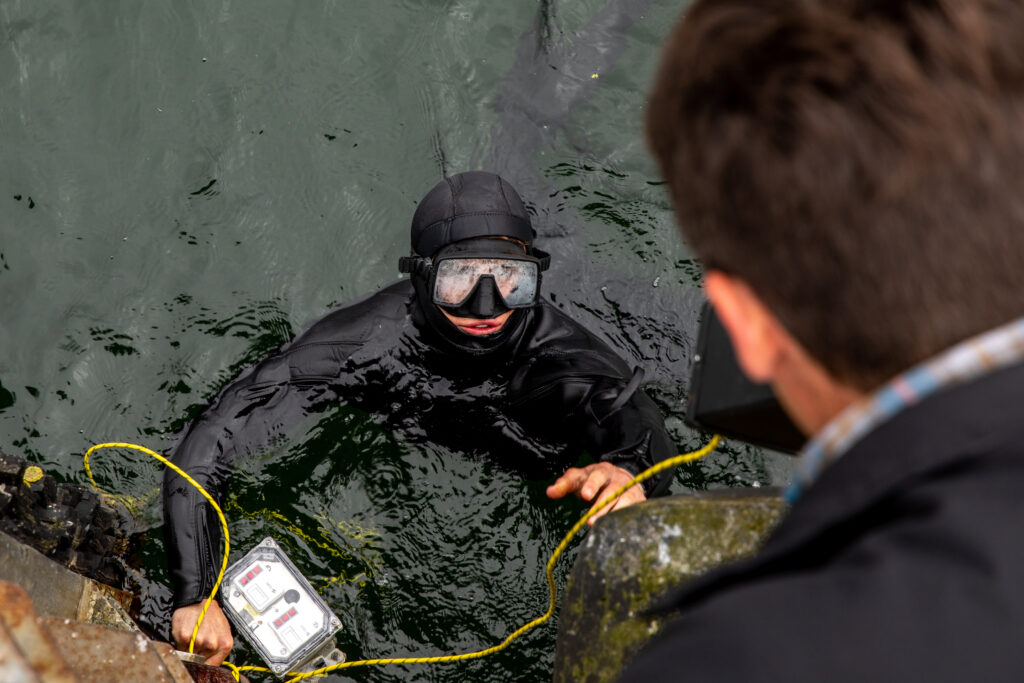
BALTIC SEA — A significant focus of BALTOPS every year is the demonstration of NATO mine hunting capabilities, and this year the U.S. Navy continues to use the exercise as an opportunity to test emerging technology, U.S. Naval Forces Europe-Africa Public Affairs said June 14.
In support of BALTOPS, U.S. Navy 6th Fleet partnered with U.S. Navy research and warfare centers to bring the latest advancements in unmanned underwater vehicle mine hunting technology to the Baltic Sea to demonstrate the vehicle’s effectiveness in operational scenarios.
Experimentation was conducted off the coast of Bornholm, Denmark, with participants from Naval Information Warfare Center Pacific, Naval Undersea Warfare Center Newport, and Mine Warfare Readiness and Effectiveness Measuring all under the direction of U.S. 6th Fleet Task Force 68.
BALTOPS is an ideal location for conducting mine hunting experimentation due to the region’s unique environmental conductions such as low salinity and varying bottom types. It is also critical to evaluate emerging mine hunting UUV technology in the Baltic due to its applicability with allied and partner nations. This year experimentation was focused on UUV navigation, teaming operations, and improvements in acoustic communications all while collecting critical environmental data sets to advance the automatic target recognition algorithms for mine detection.
“In prior BALTOPS we demonstrated advanced capabilities to detect, reacquire and collect images of mine contacts, and transfer those images in near real-time to operators through the use of a specialized Office of Naval Research UUV,” said Anthony Constable, Office of Naval Research science advisor to U.S. 6th Fleet. “This year, through the work of NIWC Pacific and NUWC Newport, we are showing that this capability can be integrated into programs of record by executing complex multi-vehicle UUV missions with modified U.S. Navy fleet assets.”
An additional critical objective was to continue to increase the communication range and data transfer capability to give the operators more flexibility in mine hunting operations. Advancements in communication technology, demonstrated this year, have shown a significant improvement in operating ranges over currently used systems. This provides additional standoff flexibility to the U.S. Navy in conducting safe mine hunting operations.
BALTOPS also provides a unique opportunity for the U.S. research, development and acquisition communities to exercise the current and emerging UUV technology in real-world operational environments. This year featured the current and future programs of record for mine hunting UUVs in the Mk18 and Lionfish systems. Both systems were put through the paces over 10 days of mine-hunting operations, collecting over 200 hours of undersea data.
“The major benefit of the BALTOPS experimentation is to provide advanced mine hunting capabilities to the operator in the field. By exercising the future capabilities, U.S. 6th Fleet can provide valuable feedback to help guide the Navy acquisition community responsible for mine hunting UUV development and procurement,” said Lt. Joshua Lynn, U.S. 6th Fleet experimental lead for BALTOPS. “This year we have seen the near- and long-term future in mine hunting UUV technology and we are excited to see how quickly the technology and capabilities are improving.”
